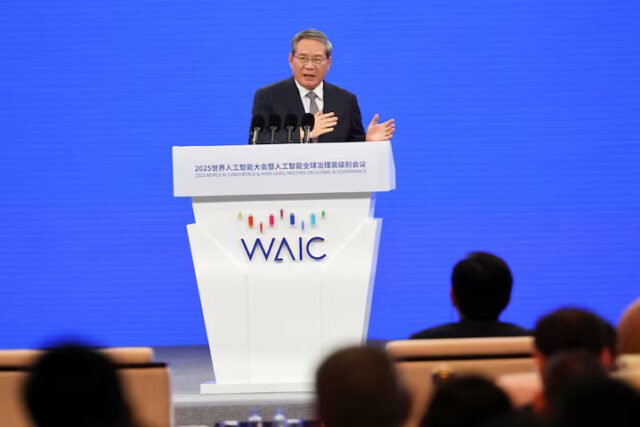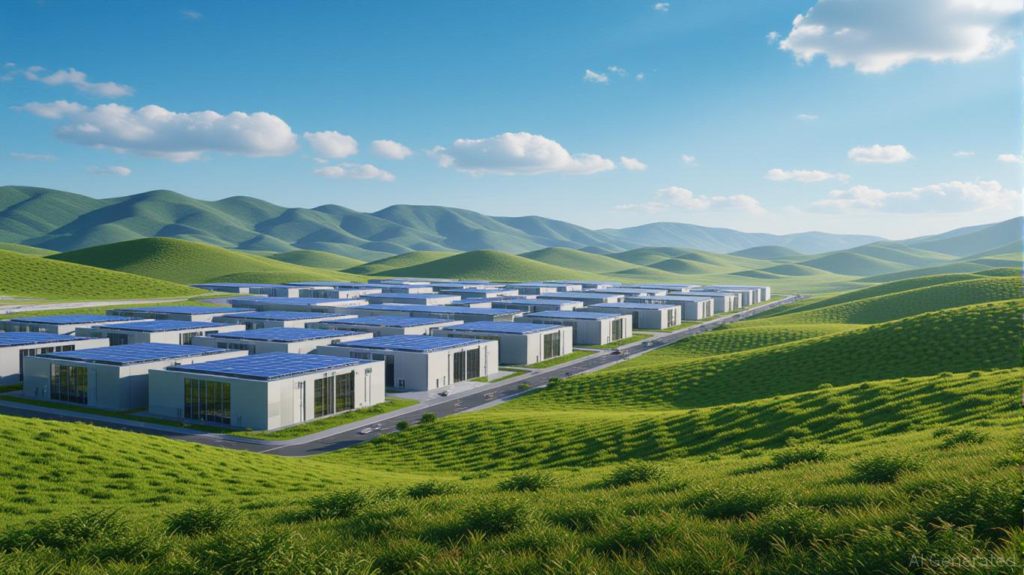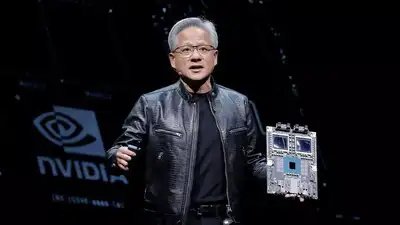
John Ross Photo: Courtesy of Jonh Ross
China’s second quarter 2025 GDP growth of 5.2 percent, 5.3 percent for the first half-year as a whole, exceeded the expectations in much of the Western media, given international economic turbulence.
But it came as no surprise to those watching China’s economic data as it was released during the earlier part of the year, who compared this to official Chinese government targets, and who were studying China’s macroeconomic fundamentals to judge whether these targets were practical. To assess the situation realistically, and avoid similar surprises in the future, to see if this growth is sustainable, it is important to understand what produced China’s first half-year development.
Starting with Chinese government’s targets, and proceeding to economic fundamentals, China’s 2025 GDP growth target was “around 5 percent.” This is being reached and even exceeded. With 5.3 percent growth already in the first half, then in the year as a whole it is clear it would take a major unexpected slowdown for the “around 5 percent” target not to be hit.
More significant still for judging the underlying trend is the place of this in the long-term goal for China’s development to 2035 discussed in 2020, the year of the inauguration of the current 14th Five-Year Plan (2021-25) which concludes this year.
The 14th Five-Year Plan (2021-25) for Economic and Social Development and Long-Range Objectives through the Year 2035 notes that by 2035, China will have basically achieved socialist modernization. By then, China’s economic strength, scientific and technological capabilities, and composite national strength will have risen significantly. The economic aggregate and per capita personal income in urban and rural areas will have reached new heights.
To double China’s GDP and GDP per capita between 2020 and 2035, China needs to grow 4.7 percent a year. From 2020, China’s total growth by the end of 2024, to be in line with this goal, needed to be 20 percent, but it was around 24 percent – and China’s 5.3 percent growth so far this year again exceeds this goal.
But can China’s current growth rate be maintained? Economic fundamentals show yes. An economy’s growth is necessarily numerically determined by two figures. The first is the efficiency of its investment in generating growth, the second is how large a proportion its economy it invests.
Contrary to frequent false claims in the Western media China’s investment is highly efficient. International data shows China must invest 7 percent of GDP for its economy to grow by 1 percent whereas, for example, the US has to invest 10 percent of GDP to grow by 1 percent – the lower the number the greater investment’s efficiency. Therefore, if China’s percentage of investment in GDP remains at 40 percent, and on the latest data it is slightly above, it will continue to grow at approximately 5 percent a year.
But the second big macroeconomic driver of change is China’s technological upgrading.
The Western media now regularly reports China’s technological advance – its lead in an increasing number of industrial sectors. It is now generally accepted that China is the world leader in electrical vehicles, in drones, and its DeepSeek AI application recently caused a sensation.
But this huge technological upgrading by China is rooted in macroeconomic fundamentals – China’s increasing R&D expenditure.
Based on OECD statistics China’s R&D expenditure in 2023, the latest year for which there is data, was 95 percent of the US – compared to only 47 percent in 2010. China’s R&D expenditure was 62 percent of the EU’s in 2010 and 155 percent in 2023. That is, China’s R&D expenditure is approaching that of the US and it is far ahead of Europe. Under those circumstances China’s technological advance and overtaking in an increasing number of increasingly high-tech sectors is inevitable.
Therefore, the surprise in Western media on China’s high economic performance so far in 2025 was entirely unwarranted. It reflected that they were paying attention to myths, not macroeconomic fundamentals. The latter show clearly that China’s fast economic growth and rapid technological upgrading is firmly based and will continue.
The author is a senior fellow at the Chongyang Institute for Financial Studies, Renmin University of China. bizopinion@globaltimes.com.cn







